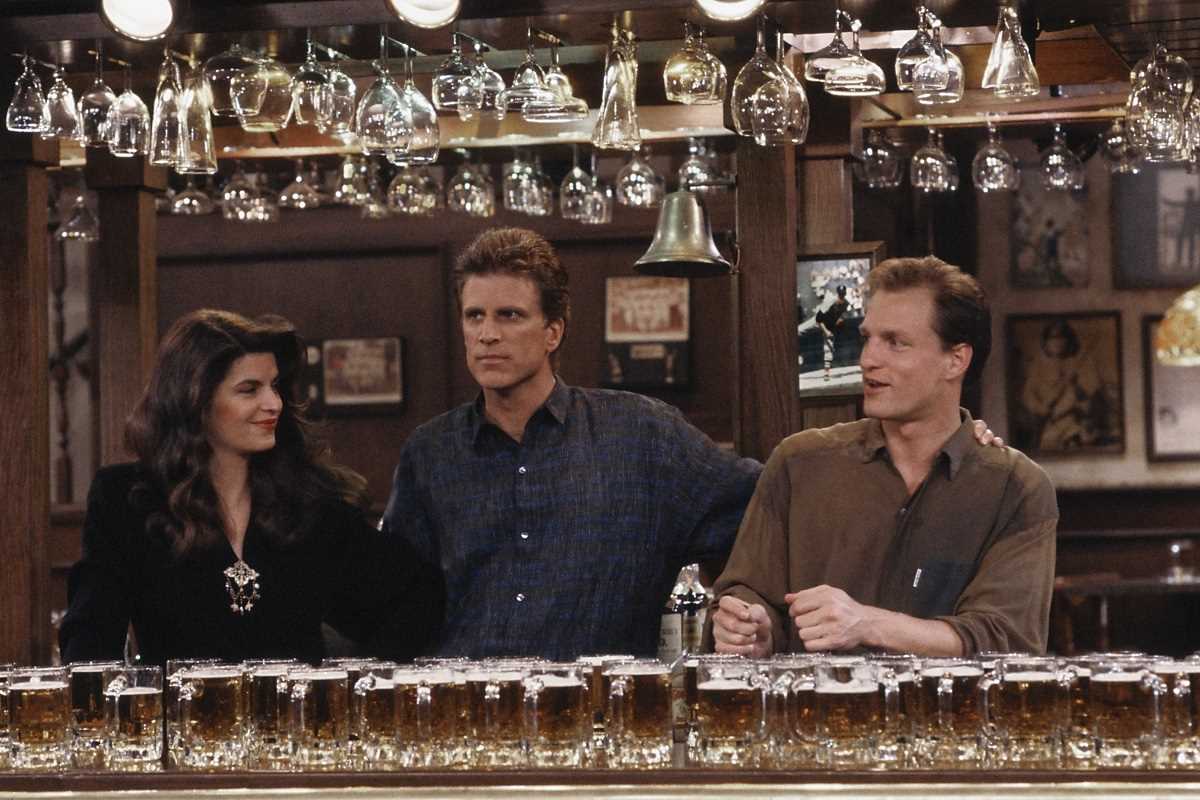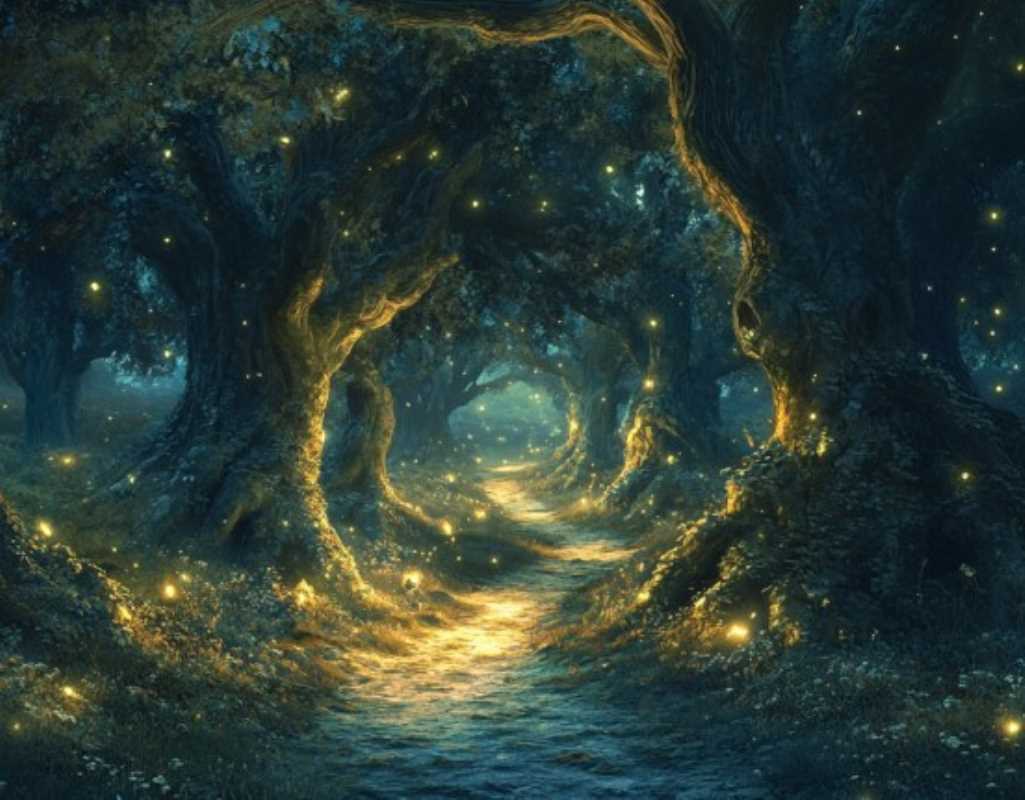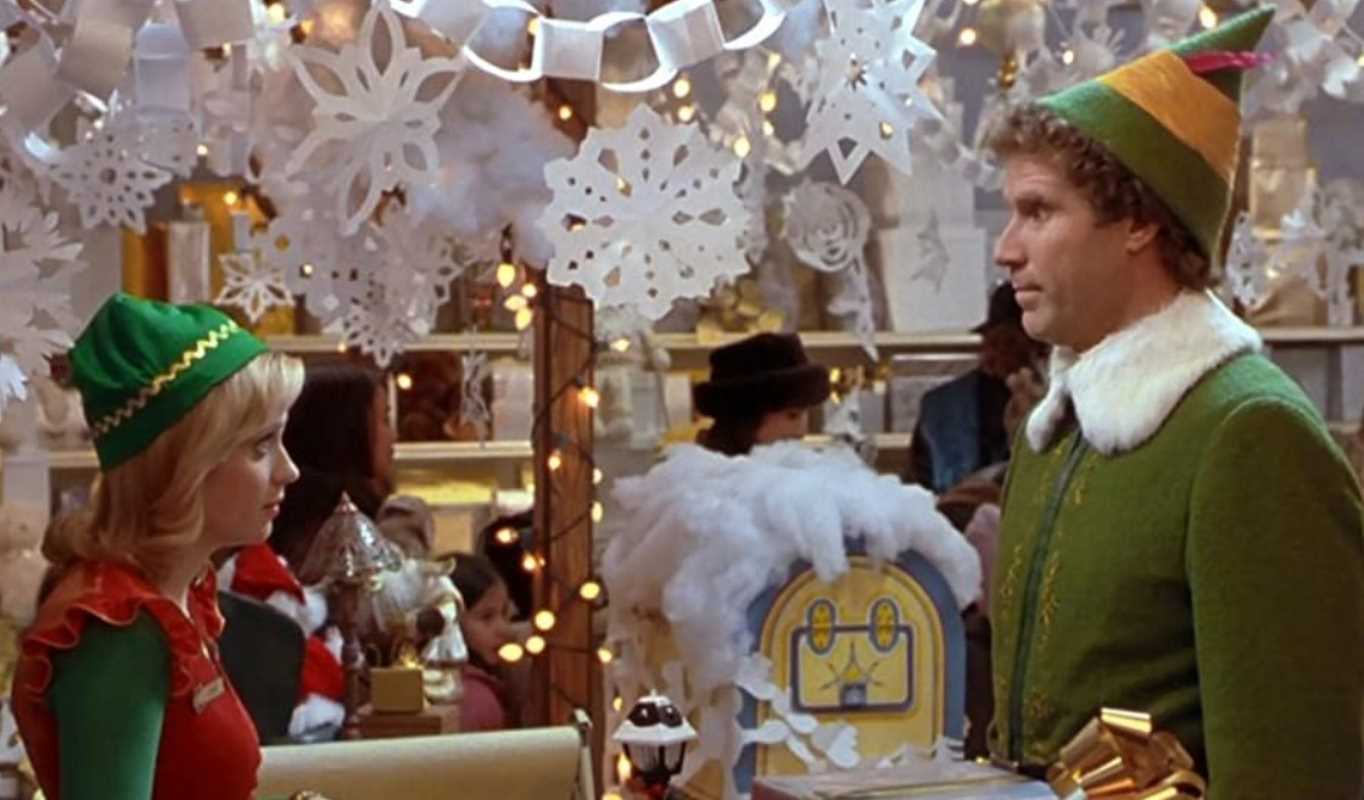Before iconic sitcoms like "Friends" and "The Office" graced our screens, "Cheers" was the show that dominated television in the 1980s and early 1990s. Debuting in 1982, this ensemble sitcom captured the hearts of viewers with its charming characters and witty humor, but its journey to becoming a pop culture phenomenon was not without its challenges. Let's dive into some fascinating behind-the-scenes facts that shaped "Cheers" into the beloved series it remains today.
A Rocky Start and a Historic Turnaround
It's hard to imagine now, but when the pilot of "Cheers" first aired, it was not an immediate hit. In fact, the initial ratings were so disappointing that the show was on the brink of cancellation. It took the intervention of NBC's then-entertainment president to keep it on the air. Remarkably, this underdog beginning led to a unique accolade: "Cheers" is the only sitcom to have placed both first and last in network ratings during its run, highlighting its incredible rise in popularity.
The Real-Life Inspiration Behind the Bar
The titular bar in "Cheers" wasn't a mere figment of imagination. It was based on a real establishment—the Bull & Finch Pub in Boston. This authenticity added a layer of realism that resonated with audiences. In 2002, in tribute to the show's success, the pub even adopted the beloved "Cheers" name officially, becoming a landmark for fans visiting Boston.
Casting Chemistry and Character Evolutions
The casting of "Cheers" was a meticulous process, filled with unexpected changes that played a crucial role in the show's dynamic. Originally, Sam Malone, the bar's charismatic bartender, was envisioned as a former football player, with Fred Dryer initially cast for the role. However, Ted Danson's unmatched chemistry with Shelley Long, who played Diane Chambers, led to Danson being cast, and Sam's backstory was altered to that of a former baseball player—adding a rich backdrop to his character.
Ted Danson’s commitment to authenticity also saw him attend bartending school to prepare for his role, despite not being naturally athletic or a skilled bartender. Moreover, he wore a small hairpiece during filming to cover a bald spot, maintaining Sam's suave appearance.
Unique Production Decisions
"Cheers" was groundbreaking in its production approach, setting the stage for sitcoms to come. While most sitcoms of the time relied on episodic plots, "Cheers" was among the first to introduce season-long story arcs and cliffhangers, a format that kept viewers eagerly coming back for more. The series also tackled social issues subtly yet effectively, such as its responsible stance on drinking and driving, popularizing the idea of designated drivers.
In terms of production, the show was filmed in front of a live studio audience, which was so engaged that their laughter was often mistaken for a recorded laugh track. This live interaction created an authentic atmosphere that enhanced the viewing experience.
Memorable Guest Appearances and Connections
"Cheers" attracted many famous fans, including literary giant Kurt Vonnegut, who once expressed a desire to have created the show himself. The series also had its share of celebrity visits, with Kirstie Alley bringing her friend, the artist formerly known as Prince, to the set. Even Lucille Ball once considered guest-starring as Diane's mother, but ultimately decided against it, fearing it would detract from her iconic "I Love Lucy" persona.
Family Ties and On-Set Traditions
Rhea Perlman, who played the feisty waitress Carla, brought a familial touch to "Cheers." Her father, Phil, appeared as an extra in numerous episodes, while her sister, Heide, contributed as a writer and producer. On a more somber note, after the passing of Nicholas Colasanto, who played Coach, the cast honored his memory by touching a sacred spot on set as they passed by, a testament to the close-knit bond shared by the cast.
Spin-Off Success
The lore of "Cheers" extended beyond its original run. The character Frasier Crane, played by Kelsey Grammer, became so popular that he starred in his own spin-off, "Frasier," which enjoyed a successful run of its own. Interestingly, Frasier's father, claimed to be deceased in "Cheers," was resurrected for the spin-off, showcasing the creative flexibility of television storytelling.
In a testament to the show's enduring appeal, "Cheers" inspired another spin-off, "The Tortellis," and even a Spanish adaptation, though neither achieved the original's success. The series also left a mark on the lives of its audience and cast, as evidenced by the touching gesture of John Ratzenberger representing the cast at Nicholas Colasanto's funeral.
The Legacy of "Cheers"
"Cheers" remains a testament to the power of perseverance, creativity, and collaboration in television. Its journey from near-cancellation to becoming a cultural icon is a story of triumph that resonates with fans, old and new. Through its memorable characters, innovative storytelling, and heartfelt moments, "Cheers" continues to be a source of joy and nostalgia, reminding us all of the simple pleasure of gathering with friends at a bar where everybody knows your name.
 (Image via
(Image via




